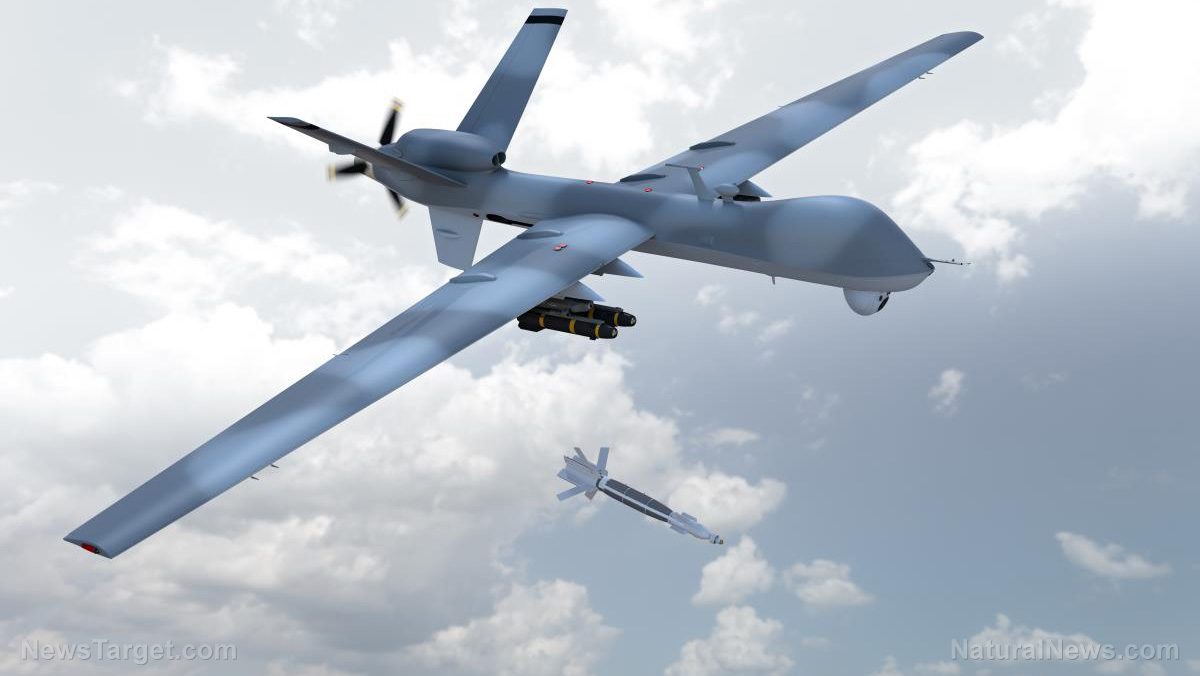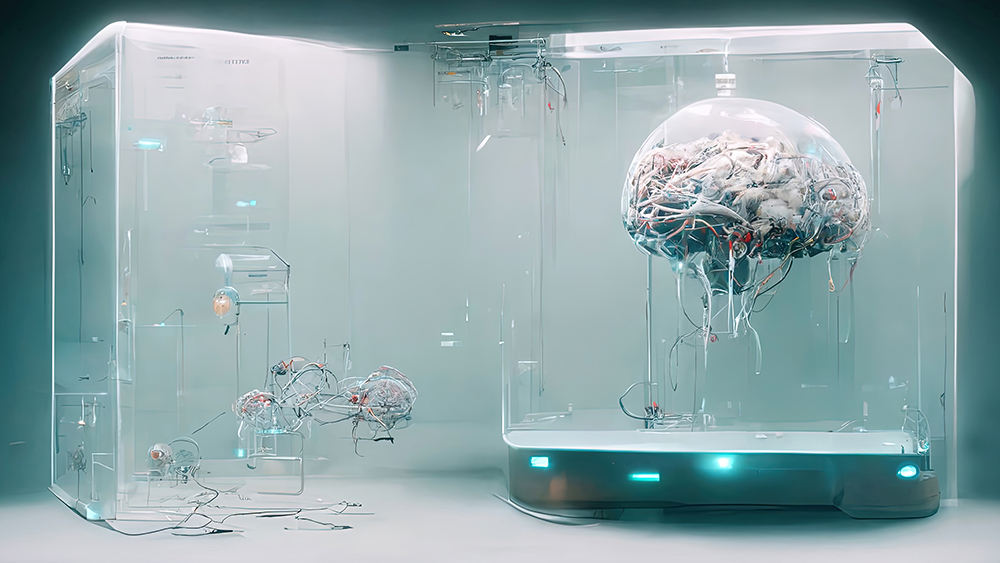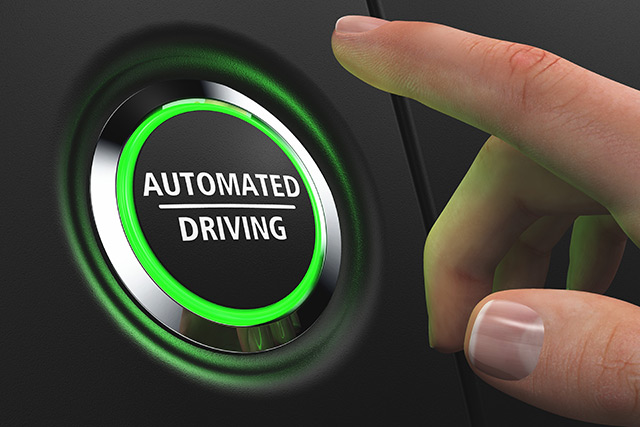AI-controlled planes now a reality, but are they a boon or bane in the sky?
08/31/2023 / By Richard Brown

Aircraft controlled by artificial intelligence (AI) are now a reality, but the question of whether they are a boon or bane in the sky still lingers.
The 2005 movie “Stealth” directed by Rob Cohen introduced the concept of autonomous AI on planes. At the same time, it sparked discussions about the moral and ethical questions associated with the idea. But 18 years later, autonomous AI in aircraft is no longer just for the movies – as the U.S. has come up with the pilot-less XQ-58A Valkyrie experimental aircraft.
The Valkyrie aircraft, which draws inspiration from the movie, shares some uncanny resemblances with its Hollywood counterpart. It is powered by rocket engines, propelling it into flight with remarkable speed and agility.
Furthermore, the Valkyrie’s stealthy design and advanced features evoke the aesthetic charm of the aircraft portrayed on the silver screen. With a sleek and aerodynamic form, the Valkyrie incorporates stealth features to reduce its radar cross-section. This allows it to operate covertly and evade detection, a concept reminiscent of the fictional aircraft’s hidden capabilities.
Yet, the Valkyrie transcends the realm of fiction by embracing cutting-edge AI technology. This real-world attribute distinguishes the Valkyrie from its the film version, showcasing how science fiction can inspire and shape actual technological advancements. While the AI-driven Valkyrie is a prototype for military applications, the fundamental concept of autonomous aircraft supporting human pilots draws parallels with the movie’s narrative.
The concept of autonomous AI wingmen that “Stealth” introduced to audiences is becoming a reality through Valkyrie’s pioneering endeavors. Just as the movie depicted AI-equipped aircraft operating alongside human pilots, the Valkyrie program envisions a future where autonomous systems enhance combat capabilities, provide critical reconnaissance and even engage in combat under human supervision. (Related: U.S. Air Force launches first ever AI-piloted fighter flight as American military pivots to human-less warfare.)
While the silver screen often stretches the boundaries of imagination, the Valkyrie brings elements of that imaginative world into tangible existence. It marries Hollywood’s visionary storytelling with the cutting-edge engineering of our time, showcasing how fictional inspiration can catalyze groundbreaking technological achievements.
AI-powered Valkyrie raises moral, ethical questions
However, the boundary between fiction and reality continues to blur as the Valkyrie program and similar advancements unfold. The journey of the Valkyrie is a testament to the power of imagination and the relentless pursuit of innovation as it propels humans toward a future where science fiction and reality merge to shape the course of aerospace technology.
The autonomous aircraft has opened a Pandora’s box of moral and ethical questions.
One of the central concerns lies in the level of autonomy these machines possess. How much decision-making power should be delegated to AI systems? If an AI-controlled plane makes a fatal error, who is responsible? The programmers, the operators or the AI itself? The concept of allowing machines to make life-and-death choices challenges humanity’s fundamental notions of accountability.
The introduction of AI-controlled planes raises the hope that these systems can improve precision and reduce unintended harm. However, it also brings forth concerns about the accuracy of AI algorithms and the potential for errors. The ethical imperative to minimize civilian casualties remains paramount, prompting the question of whether AI technology can truly ensure this outcome or if it might inadvertently exacerbate the problem.
Handing over the decision to engage in lethal force to AI systems raises significant moral dilemmas. The idea of an AI-controlled plane deciding to “kill” raises ethical questions about empathy, morality, and the ability to discern complex human intentions. As AI algorithms operate based on patterns and data, can they truly grasp the nuances of a situation and make morally sound decisions that consider the broader context?
The lessons from “Stealth” remind people of the critical need for thoughtful consideration, ethical frameworks and responsible development to ensure that technological progress aligns with human values and safeguards the future of mankind.
Visit Robots.news for more stories about AI and its repercussions.
Watch this video about how AI-powered robot super soldiers – straight out of the “Terminator” movie – will make humans obsolete.
This video is from the Need To See News! channel on Brighteon.com.
More related stories:
Researchers: AI decisions could cause “nuclear-level” CATASTROPHE.
AI can influence people’s decisions in life-or-death situations.
Sources include:
Submit a correction >>
Tagged Under:
AI wingman, AI-controlled planes, artificial intelligence, autonomous planes, big government, breakthrough, computing, cyber war, Dangerous, drones, ethical concerns, future science, future tech, Glitch, information technology, innovation, military tech, moral concerns, national security, robots, rogue AI, warfare, weapons technology
This article may contain statements that reflect the opinion of the author
RECENT NEWS & ARTICLES
COPYRIGHT © 2017 FUTURE SCIENCE NEWS



















